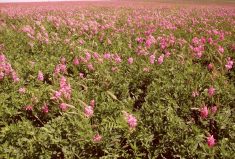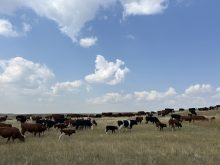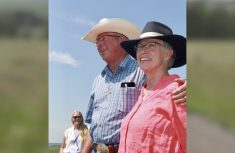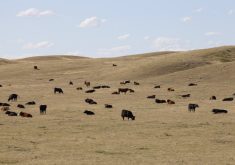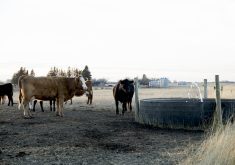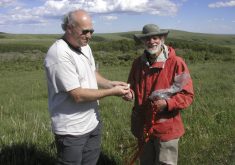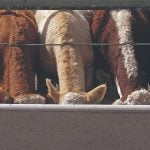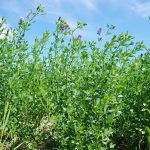At the end of April, the government of Canada’s Canadian Drought Outlook had listed most areas in the Prairies as experiencing abnormally dry conditions, or moderate to extreme drought conditions. By the end of May, this had changed, with the drought lifting or improving in many areas of Saskatchewan. The Weather Network predicts areas in Manitoba and Saskatchewan will have an above-normal amount of precipitation during the summer. Conditions in Alberta remained relatively the same.
As a result of drought conditions, toxic plants in pastures often seem to outcompete more desirable species.
Read Also
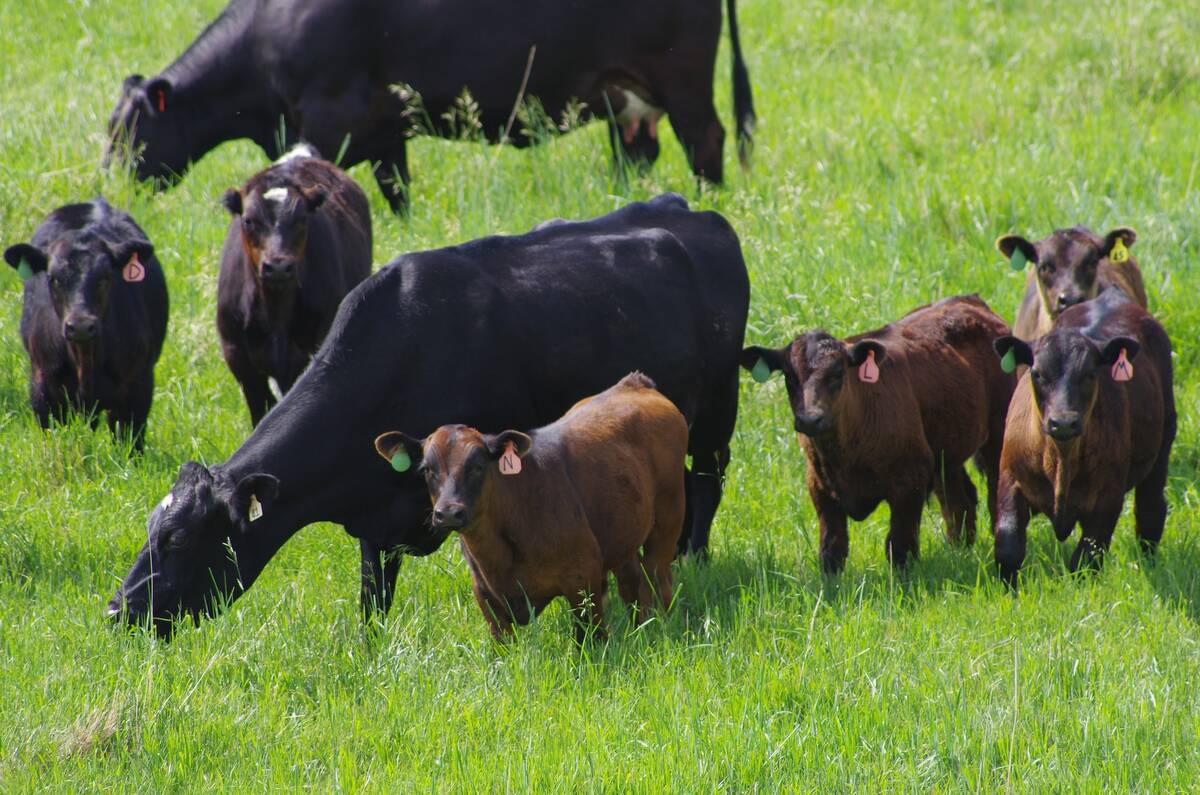
Diagnosing and preventing lump jaw in beef cattle
Causes, symptoms, treatment, prevention and prognosis of lump jaw in beef cattle
“It can create a situation where those toxic plants might have the ability to expand in terms of where they would normally be,” says Karin Schmid, beef production and extension lead with Alberta Beef Producers. “So those shifts in the plant communities can lead to those undesirable plants coming in for sure.
“The other thing that happens with drought is often in the spring, these toxic plants are the first ones to look palatable and tasty. They’re the first ones to green up. And so when there’s nothing else to eat, animals are hungry and if there are no desirable forage species around they might go for those toxic plants.”
The effects toxic plants have on cattle when they are foraged varies depending on the type of plant consumed, however, Schmid says there are a few reoccurring issues.
“Generally speaking for some of the toxic plants, (cattle) need a bigger dose before you’ll start to see some severe effects,” she says. “Prior to that you could get some chronic performance effects so they’re not gaining as well. But for things like miscarriages or death, usually for most plants, they have to eat a fair amount of that. There are some exceptions, things like water hemlock — it doesn’t take very much and those cattle will be dead very, very quickly.”
Once drought-like conditions start in an area, receiving rain will bring the other plants in the pasture up to the same growing speed.
“They will grow but then the other thing that will happen is there will be more competition from the good forage. So if you can promote that good competition to try and keep those species in check, it may help reduce that population so that it’s not overwhelming everything.”
Manitoba, on the other hand, found itself very wet in late April, with some flooding happening in the province in early May. According to Larry Wegner, a past chair for the Manitoba Forage and Grasslands Association, flooding can affect the growth of toxic plants, as well.
“In a drought and or a flood these plants will be more abundant as they have a better root system and will thrive in these conditions,” Wegner says.
Native plants have adapted to drought by remaining dormant in a dry spring until there is adequate moisture, Wegner says. Spring flooding also cues them to remain dormant until conditions improve, he adds.
Although there are many ways to manage toxic plants in times of drought, such as the use of herbicides, preventing early grazing and using more salt and mineral to divert the cattle, Schmid recommends fencing off the area if the toxic plants are unmanageable.
“Oftentimes, it’s a bit cost-prohibitive — especially in a drought situation — to use herbicides on them. So really the easiest thing to do is to fence them out if it’s a very big area. So really just avoid placing your livestock in those grazing areas where poisonous plants are a large part of that plant community.”




